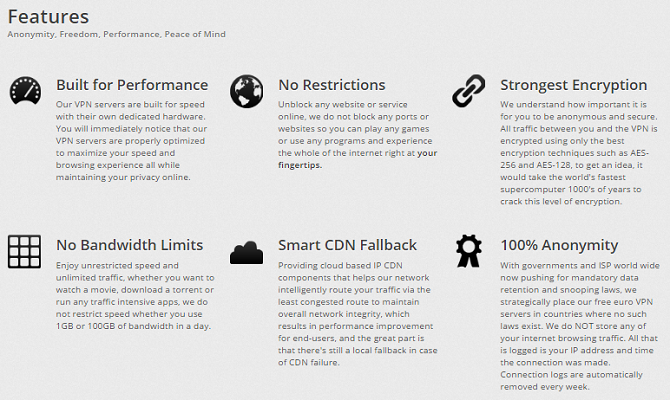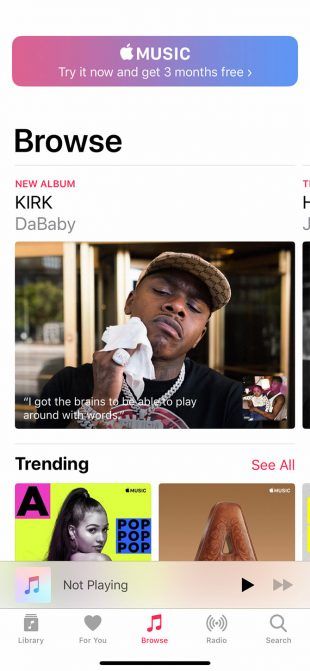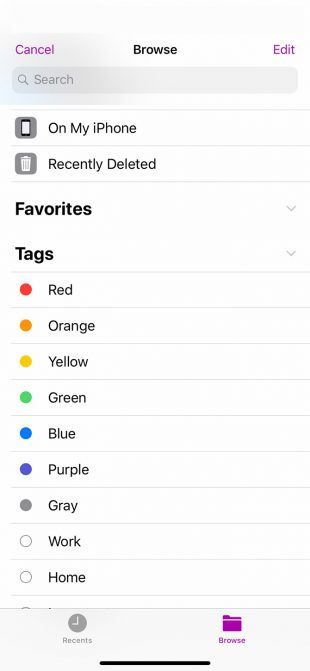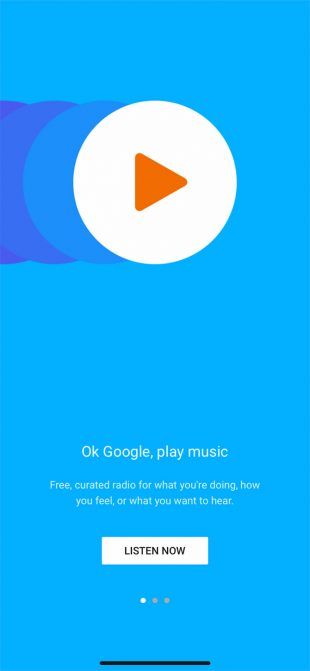There are lots of iPhone music players that you can use to listen to your music. In fact, there are so many music apps for your phone that you should never feel stuck with Apple’s built-in Apple Music.
If you want an alternative way of transferring, storing, or playing back your files from your iOS music library, there are a lot options available. The same is true for finding alternative ways to listening to music through streaming.
Here are the best music apps for the iPhone currently on the market.
How Does Music Work on iOS?
![How Music Works on iOS]()
Apple’s famous “walled garden” pushes a specific and sometimes outdated approach to media management. Assuming you’re using your own files, you’ll need to import music into your library. Then—when your iPhone is paired with the computer that holds your music—you’ll need to sync, either directly or through Wi-Fi.
The downside to this approach is that you can’t just point your browser at a file and download it. The upside to this centralized music library, however, is that the operating system handles media playback.
Want to learn more? Here’s how to transfer music from an old iPod to your computer or iPhone.
A Word on Apple Music
Apple Music launched a while back, so it’s definitely not the newest app on the market. However, most iOS music apps take Apple Music into account.
Because of this, we’ll focus on music players that integrate with Apple Music, at least in terms of playback.
Free Music Apps for iPhone
If you don’t want to pay, let’s first look at the best free music apps for iPhone.
1. SoundShare
SoundShare is a collaborative app that connects many different services together, including Apple Music, Spotify, and Deezer. It’s a music social network you’ll need to sign up for. Anyone who wants to collaborate with you on playlists will have to do the same.
SoundShare is one of the best music apps for iPhone if you want to share your musical tastes. You can like, comment, and advertise your music recommendations, as well as build a playlist by working with other people.
Unfortunately, SoundShare is not much fun to use if you’re going alone. You’ll need to share with other users to get the most use out of it. Plus, you must have a paid subscription to Apple Music, Spotify, or Deezer in order to connect these services to SoundShare.
Download: SoundShare (Free)
2. VLC for Mobile
VLC is an old-school—and trusted—music player for the iPhone. It’s a good choice if you want to go standalone and plan to ditch Apple Music entirely. Not only does it play most music and video files (including otherwise unsupported formats like FLAC), it has support for multiple audio tracks, too.
Additional features available in VLC:
- Transfer music through a browser via Wi-Fi, or use cloud services like Dropbox and Google Drive.
- The app supports file sharing over SMB, FTP, and UPnP.
- VLC for Mobile doesn’t need to be open to play media. This allows you to listen to music in the background while working in other apps.
VLC is a pretty extensive program that can handle a lot, so give it a try if you’re a fan of local media.
Download: VLC for Mobile (Free)
3. FLAC Player+
If VLC for Mobile isn’t cutting it, FLAC Player+ should do the trick.
FLAC Player+ is a good free music app for the iPhone if you’re looking for something dedicated to local media playback. It supports FLAC, MP3, AAC, WMA, and RealMedia formats.
The apps lets you group songs by playlist, album, and artist. Just like VLC, you can transfer music via Wi-Fi. However, FLAC Player+ is more of a “true” music player than VLC, so it doesn’t work with video.
The interface also needs a bit of work work, but it’s easy to use and free. You can remove the ads with a small in-app purchase.
Download: FLAC Player+ (Free)
The Best Music Apps for iPhone With Subscription Options
Moving on, let’s take a look at the best music apps for iPhone that offer a subscription for more features.
Note that due to Apple taking a 30% cut of all in-app purchases from iOS apps, many services increase the price of their subscriptions to compensate for this. For example, Spotify on iOS costs $13 per month for Premium instead of the usual $10 per month. As a result, you should avoid subscribing to any service through its iPhone app when possible.
1. Listen
Listen is a good music app for the iPhone if you’re looking to navigate your music collection. The app uses gesture-based controls, and its basic functionality as a music player is completely free. If you want to access local and online radio stations, you’ll need to upgrade with a subscription at $2.99 per month.
Standout features:
- Browse your music library by album, artist, playlist, and the aforementioned radio stations.
- The Now Playing screen allows you to drag music artwork around your display, so you can skip tracks or return them to your collection.
Download: Listen (Free, subscription available)
2. Musixmatch
Musixmatch lyrics finder is an extremely popular music app for the iPhone. This is because it allows you to find the lyrics to songs already synced to your device. It also allows you to connect your Apple Music and Spotify profiles.
The Musixmatch app shows you the lyrics in time with the music, so you can dive deeper into your favorite tracks.
Other Musixmatch features to know:
- Musixmatch can look up lyrics to songs even if they’re not in your library.
- If you can’t remember the title of the song, you can search for individual phrases.
- Built-in support for finding the lyrics to the songs playing around you. We’ve tested Musixmatch and other music ID apps, if you’re curious.
While Musixmatch is free, it offers subscription plans to remove ads and add a few extra features.
Download: Musixmatch (Free, subscription available)
3. Apple Music | Spotify | Deezer
Subscription services like Spotify and Deezer—plus Apple Music itself—offer you another way of listening to music on-the-go. Unfortunately, these come with a drawback. Unless you’ve downloaded it offline, you’ll need to stream your music. This will require a generous data plan for when you’re not on Wi-Fi.
On the flip side, all three of these options are easy-to-use services that allow you to listen to music whenever you want. They’re some of the best music music apps for the iPhone you’ll find. Apple Music even gives you a three-month free trial before requiring a subscription.
Just be wary of the aforementioned data usage when you’re not on Wi-Fi, and these apps will fulfill your music needs.
Download: Apple Music (Free trial, subscription required)
Download: Spotify (Free, subscription available)
Download: Deezer (Free, subscription available)
4. SoundCloud
SoundCloud has always marched to the beat of its own drum compared to other music services. As one of the best free music apps for the iPhone, it offers a great place for anyone to upload their music, remixes, podcasts, or live sessions.
While SoundCloud has been hit by tough competition in recent years, it still provides a place for regular users and emerging artists to share their work.
If you’re willing to pay, SoundCloud Go is a premium plan that offers offline downloads and ad-free music for $5/month. Meanwhile, SoundCloud Go+ for $10/month adds an extended catalog that more closely resembles Spotify or Apple Music.
Download: SoundCloud (Free, subscription available)
5. Google Play Music
Google Play Music allows you to sync 50,000 songs with your Google account for free. This convenience makes it one of the best music apps for the iPhone.
As you’d expect, it also features a uniquely “Google” interface with a few neat features. This includes suggestions for what to listen to and recommendations based upon your previous tastes.
Notes on Google Play Music:
- The free version of Google Play Music uses an ad-based model, so you don’t get uninterrupted listening when streaming radio stations.
- Like other services, if you’re a paid subscriber, you can access a much larger catalog of music.
- You can download your own music for offline listening, but you must subscribe to download other music.
Google Play Music has been on Android for some time, where it has earned a reputation as a go-to music app. You may thus prefer another choice that’s built for iOS.
Download: Google Play Music (Free, subscription available)
Or Try a Paid Music App for iPhone
If none of these free apps work for you, we’ve rounded up a couple of paid music apps for iPhone, too.
1. Ecoute
![Best Music Players for iPhone Ecoute Paid App]()
Ecoute is a paid music app for iPhone that takes play counts and last-played data into consideration. It features an enhanced shuffle tool that allows you to sort music by albums and last played dates to better serve up the tunes.
Download: Ecoute ($0.99)
2. Cs Music Player
Cs Music Player is another paid music app that’s great for anyone yearning for a classic music app experience. It provides a simple, easy-to-use interface that maintains compatibility with Apple Music and locally synced files.
Download: Cs Music Player ($2.99)
3. Stezza
Lastly, Stezza is a one-handed playback app that advertises itself as the best music player for the iPhone if you’re a driver or very active.
Download: Stezza ($2.99)
What’s Your Favorite Music App?
Apple Music is an obvious choice for iPhone owners, but it’s far from your only option. Whether you prefer to sync your own music or stream everything, there’s a music app on iOS for you. Try a few out and see which works best for your use.
If you’d like to create as well as consume, check out some iPhone apps that you can use to create music.
Read the full article: The Best iPhone Music Apps and Alternative Music Managers for iOS
Read Full Article



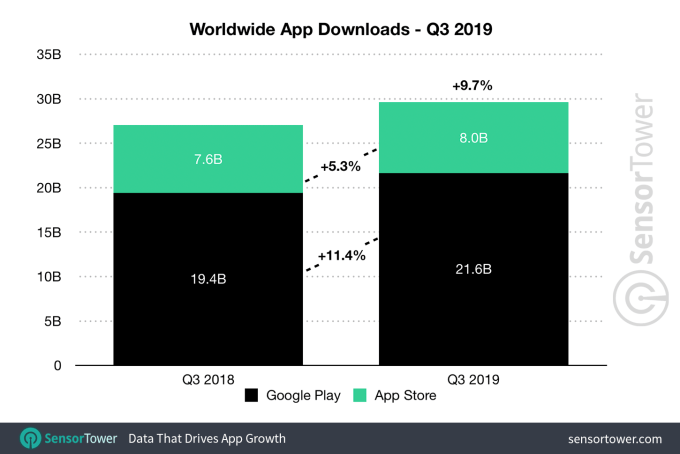





 ”
”










